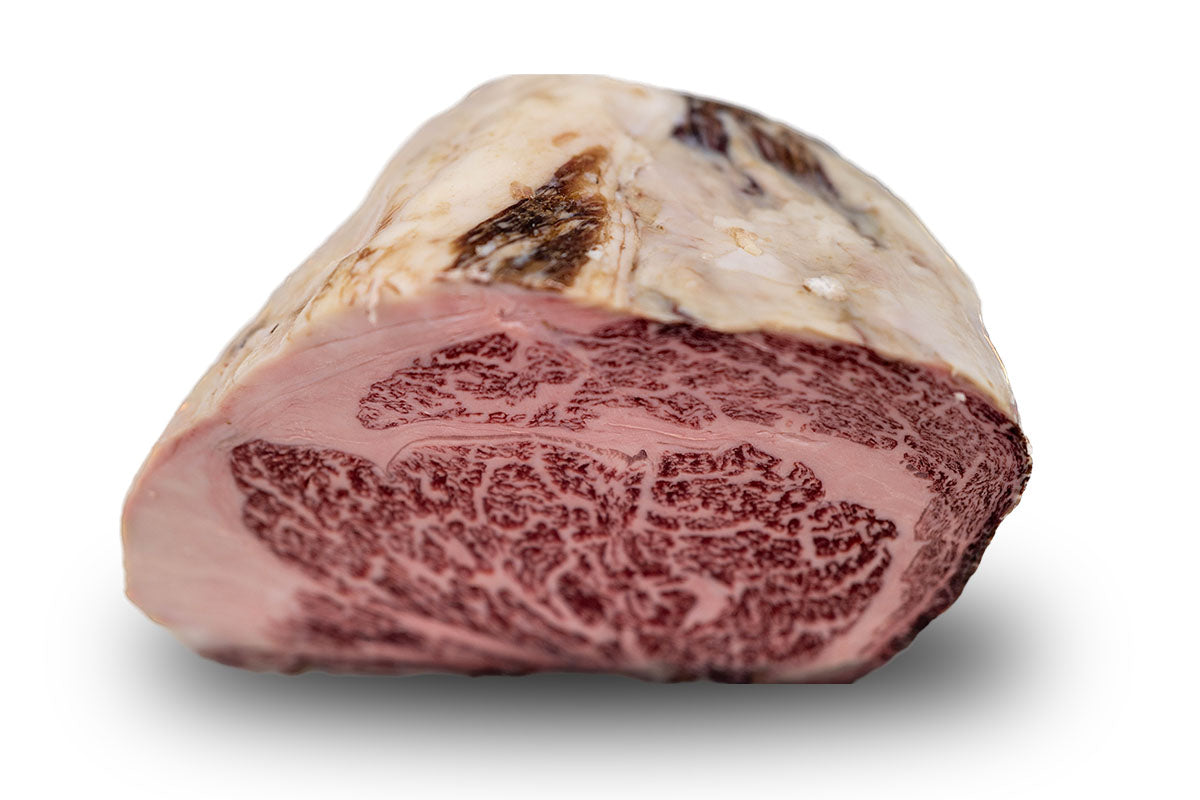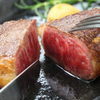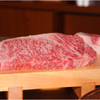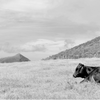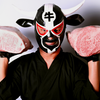The History of Wagyu Beef in Japan
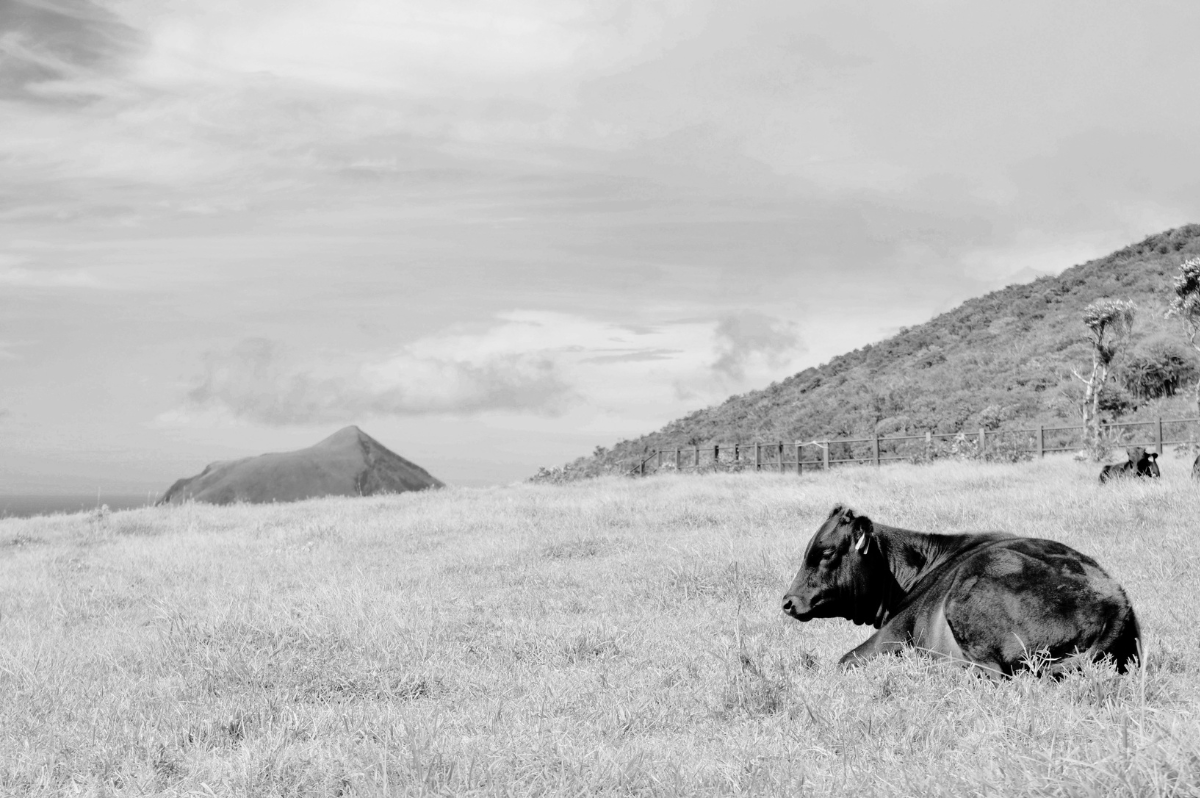
Wagyu beef is famous around the world for being insanely tasty, marbly, and with a taste that can knock your socks off. And then, of course, there’s the high price tag associated with it!
Wagyu truly is a luxury good for a reason though, many chefs around the world are convinced Wagyu cattle is the finest beef money can buy.
But what makes Wagyu cattle so special? Well, let’s explore the history of the breed the Japanese government once called a national treasure.
What are Japanese Wagyu cattle?
It might help to first understand just what Wagyu cows actually are in the first place. For those that don’t know, it literally means Japanese cattle. The “wa” stands for Japan and the “gyu” means cow or cattle.
In the modern days, any cow in Japan that belongs to the Japanese Black, Japanese Brown, Japanese Polled, and Japanese Short breeds are collectively titled “Wagyu.”
And while we’ll get into the interesting history behind these beautiful animals in a moment, it also helps to know these cows are strictly monitored, controlled for quality, and are forbidden by the Japanese government to be exported.
Essentially, they are kept as purebred as possible — as long as you’re talking about Japanese Wagyu!
Where do Japanese Wagyu cows come from?
For almost 2000 years, cows in Japan were purely used as labor animals. In fact, there’s documented evidence showing the origins of Wagyu cattle first came over to Japan from Northern China around 200 AD.
Once in Japan, they were used on farms, in forestry, for transporting goods, for breeding, and even pulled carts containing nobles and aristocrats! Note, these cows weren’t used for meat or milk at the time.
Before the Meiji Restoration in 1868, Japanese cattle were often far smaller horned beasts of labor with a wide variety of coloration. The period was also significant as eating meat from four- legged animals was essentially banned since the 6th century due to cultural and religious reasons.
The introduction of Western food to Japan
Around this time, an introduction of Western food occurred in Japan. Then just a few years later, in 1872, the Meiji Emporer broke the taboo and celebrated the New Year by eating beef!
Of course, this didn’t sit well with everyone at the time. In February of that year, 10 monks broke into the palace to plead with the emperor. They said the consumption of meat was ruining the souls of the Japanese people. Four of the monks were killed in the attempt and the news was scuttled in the local press to maintain authority.
But despite their efforts, a new wave of cuisine had arrived in Japan.
Between 1868 and 1919, Japanese cattle farmers imported thousands of meat-bearing cows to mix with their own, tougher breeds.
“Several foreign breeds, including Simmental, Brown Swiss, Devon, Shorthorn, Ayrshire,
Holstein and Aberdeen Angus were imported by the Japanese central government and crossed with local Japanese breeds by local prefectural governments.”
In 1919, officials started taking notice of the special characteristics of their herds, and decided to label the different regional groups as “improved Japanese cattle.”
In 1944, three different strains of cattle were recognized as being uniquely special based on what foreign breeds their ancestors had mixed with. A bit later in 1957, the Japanese Shorthorn was formally classified as well. The result was the original Wagyu cows we know today!
Wagyu cattle in the modern age
In 1968, trade unions started monitoring the quality of Wagyu cows and tracking their genetic lineage. This eventually morphed into what is now known as the Japanese Meat Grading Association, which keeps tight control over the entire Wagyu beef industry.
While that may sound scary, it’s actually what maintains Wagyu beef as being the absolute best in the world! From the pastures to butchers to restaurants, every part of the supply chain has to be a member of the association if they want to use the official Wagyu brand.
In 1997, the Japanese government recognized the utter importance of the cattle industry and just how special their breeds were by declaring Wagyu cows a national treasure. And as a result, banned any further export of the animals to avoid competition and poor imitation in other countries.
Japanese Wagyu beef today
All of these special efforts that go into raising Wagyu cattle is why you can think of Wagyu beef as being Japan’s equivalent of champagne from France.
If the cow isn’t born and raised in Japan nor meets the tight specifications and lineage requirements of the meat grading association, it simply isn’t Wagyu beef!
As a way to help further this goal and let people know when they’re eating authentic premium Japanese cows, the “Wagyu Japanese beef logo” was introduced in 2007.
It looks like this:

So, if you’re ever in the market for Wagyu beef, keep an eye out for this logo so you know it’s legit.
One last thing, if you’re interested in learning more about the history and culture of cattle in Japan, there’s a museum dedicated to that very thing! The Cattle Museum first opened in 1955 and is located around 500 km north of Tokyo in Japan.
People from all over the world stop by to see over 1,200 specimens and historical pieces telling the entire story of Wagyu cattle’s history in Japan. So if you ever find yourself visiting the country, be sure to stop by — and grab a tasty morsel of Wagyu on your way out!
Or if you’re located in the continental U.S., why not try out some succulent Wagyu beef for yourself? Wagyuman is the largest importer of 100% authentic Wagyu beef from Japan and even does the butchering stateside to keep it that much fresher for our customers.
What more could you ask for when talking about the world’s absolute best piece of steak money can buy?
Photo credits:
1. Photo from http://jlec-pr.jp/en/beef/beef-logomark/


